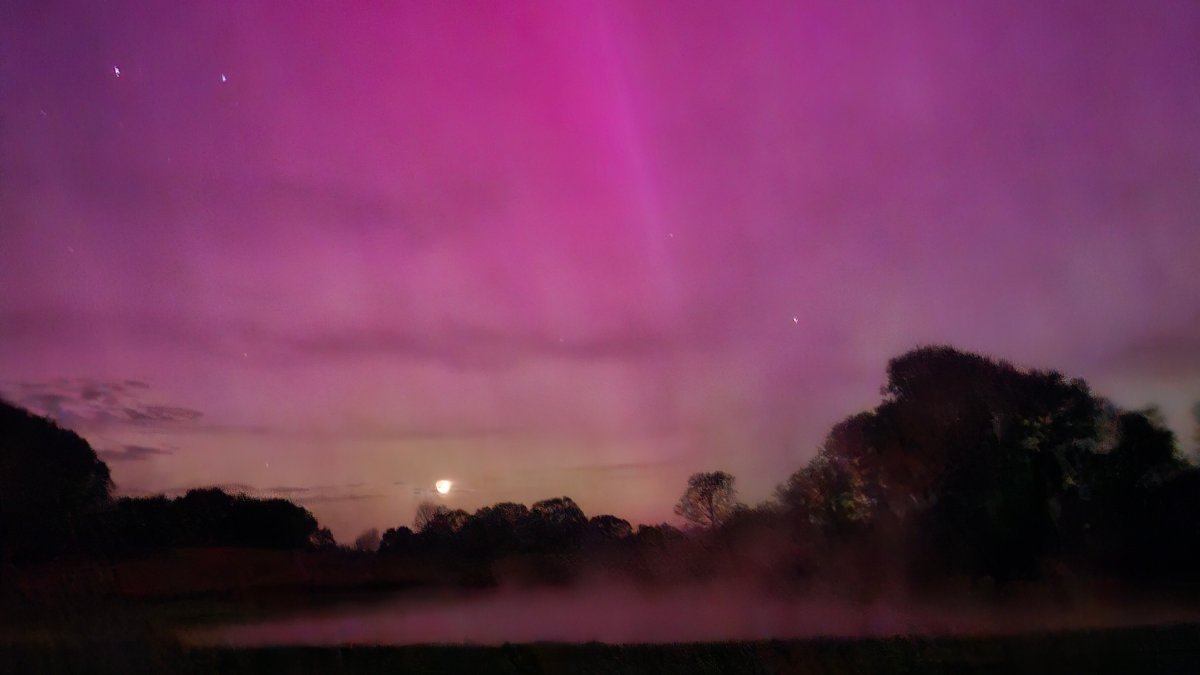Though cloud cover has contributed to blocked views of the Northern Lights for many in the Chicago area both Thursday and Friday, Saturday evening presents another chance to see the spectacular phenomenon.
The rare chance comes thanks to a G3 geomagnetic storm watch, caused by a series of coronal mass ejections from the sun earlier this week.
Here’s what to know about your chances to see the Aurora Borealis this weekend:
When can you see the Northern Lights in Chicago?
According to the National Weather Service’s Space Weather Prediction Center, a G3 geomagnetic storm watch is in effect for several days after a series of coronal mass ejections (CME’s) from the sun earlier this week, which could make the Aurora Borealis visible across a wide swath of the United States.
The NBC 5 Storm Team reported a solar flare Thursday morning marked the biggest since 2017. While not all solar flares are followed by CME’s, this one was.
The storm watch is in effect through Sunday.
What time will be best for viewing?
The best time to have a chance at seeing the Northern Lights may be as soon as it gets dark after sunset, due to peak geomagnetic activity occurring between 4 p.m. and 1 a.m.
While the potential viewing line extends south of Chicago, the Aurora Borealis may not be as strong, however, meaning that using a phone camera may be a better way to see them, according to officials.
What are the Northern Lights?
The Northern lights, also called an aurora borealis, are moving waves of lights seen in the night sky.
According to the SWPC, CME’s are “large explosions of plasma and magnetized particles from the Sun’s corona.” Those ejections expand in size as they approach Earth’s atmosphere, and can cause geomagnetic storms when they arrive.
The Northern Lights occur when those charged particles hit Earth’s magnetic field, interacting with atoms and molecules in the upper atmosphere and producing brilliant and wavy colors in the sky.
The Northern Lights are generally visible only at high altitudes, but instances like this week’s geomagnetic storm can cause those particles to be visible across greater distances.
